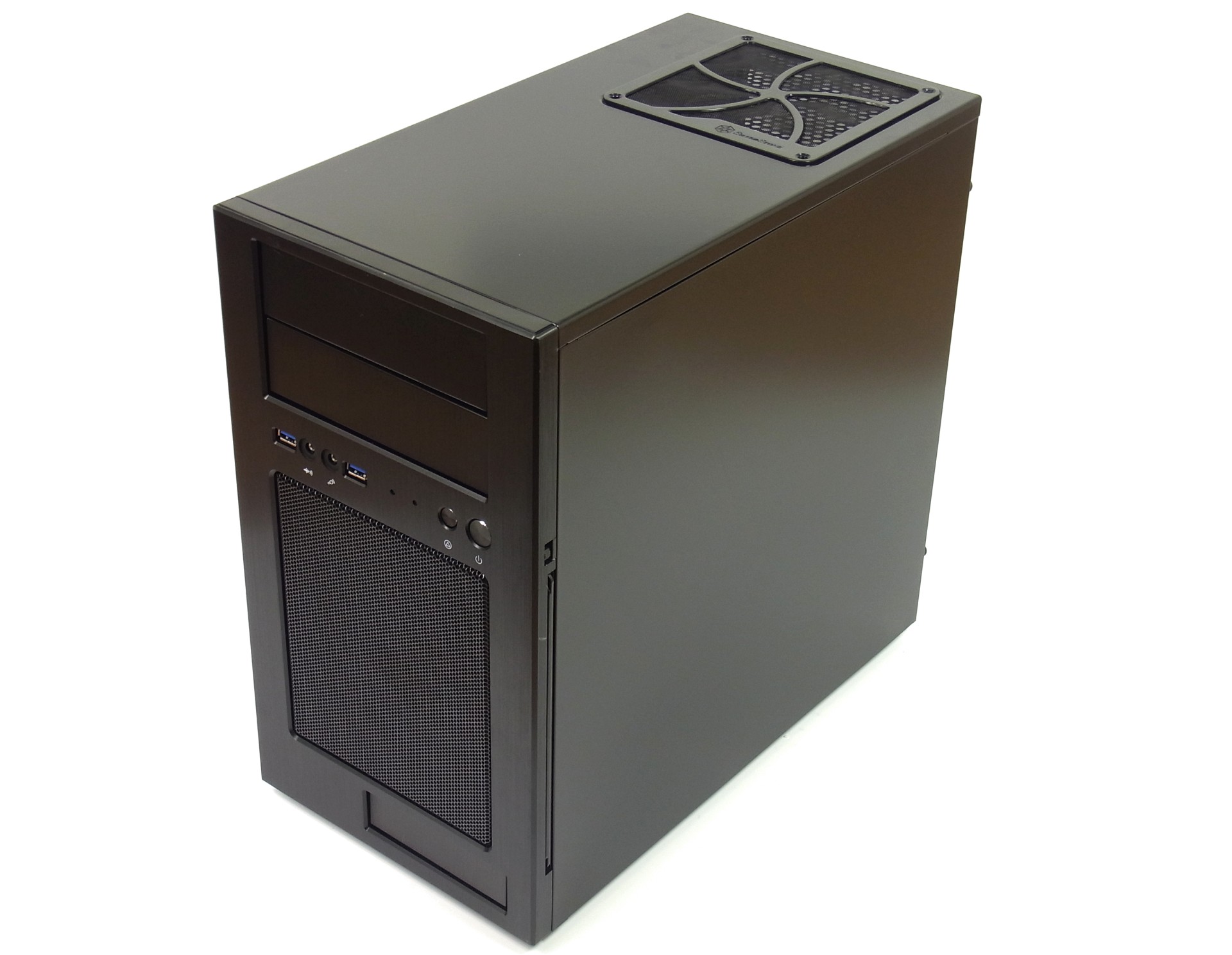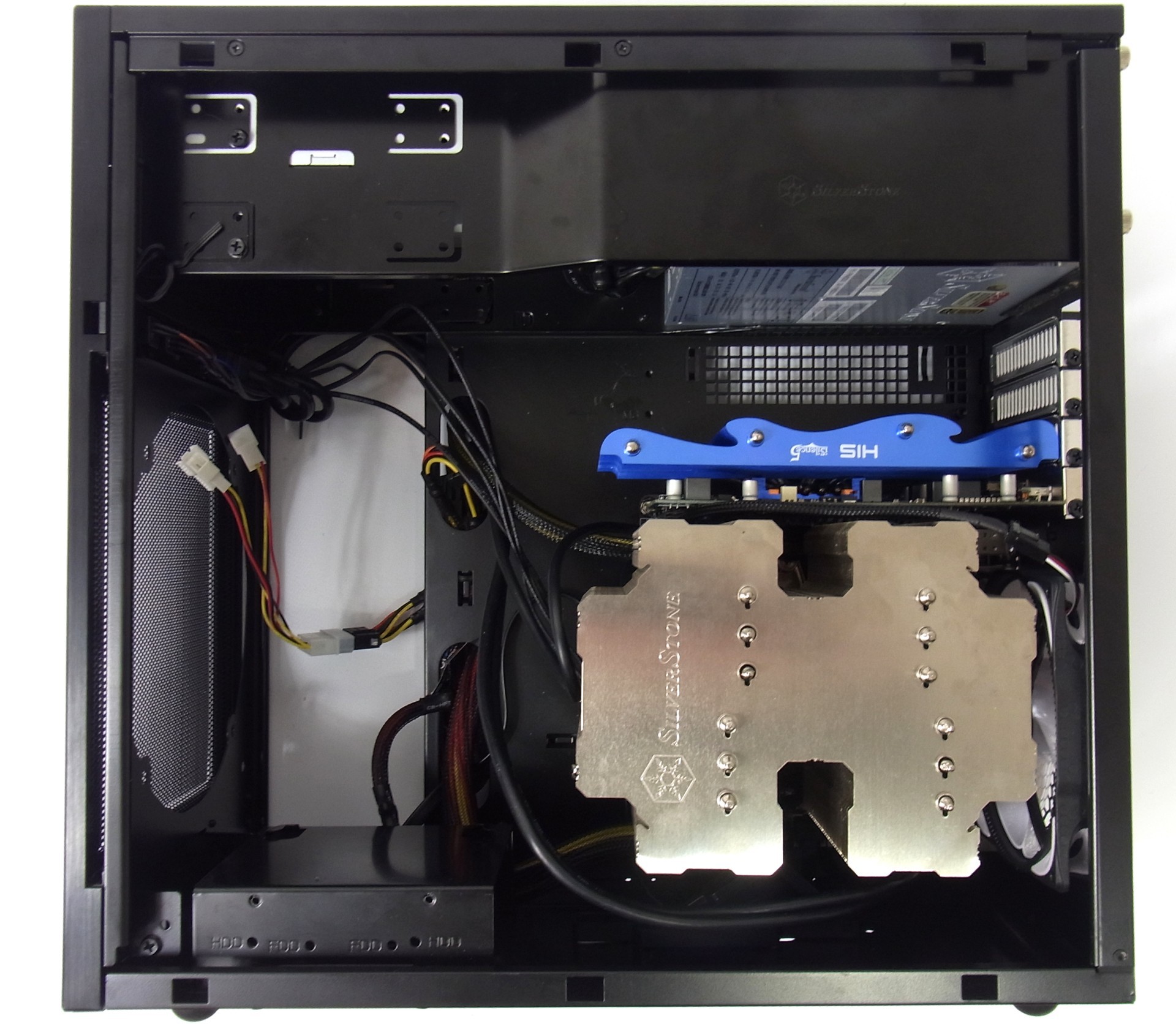Silent, But Deadly: Build Your Own Gaming-Ready 0 dB PC
For many folks, the most beautiful sound that a PC can make is no sound at all. How close can Tom's Hardware get to a zero-decibel configuration and still lend up with a compact, functional machine capable of mainstream gaming, without breaking the bank?
Small, Inexpensive, Silent Gaming Is Here
Modern energy-efficient graphics cards make it possible to game on affordable, passively-cooled platforms (and they don't have to be massive, either). Even without the "just-in-case" fan we've been talking about, you shouldn't encounter any thermal issues.
As with any build, you'll want to balance host and graphics processing performance so that you don't create bottlenecks. If you're using integrated graphics, AMD’s A10-5700 is a good choice. If you have a passively-cooled add-in board, an inexpensive Ivy Bridge-based Pentium or Core i3 is the better option. They run cooler, and at $100 for a Pentium G2120, they aren’t really any more expensive.
The much-touted Dual Graphics feature that lets you match an APU up to a discrete card in CrossFire is pointless. Current-gen passively-cooled graphics cards offer better performance and efficiency, and they don't saddle you with the problems of multi-GPU setups.
It’s too bad that we weren't able to find any passively-cooled GeForce GTX 650s. Do-it-yourself is the only way to go if that's the direction you head. You'll want to decide for yourself if a third-party heat sink is worth the extra cost.
Get Tom's Hardware's best news and in-depth reviews, straight to your inbox.
Current page: Small, Inexpensive, Silent Gaming Is Here
Prev Page Automatically Switching On The Fan
Igor Wallossek wrote a wide variety of hardware articles for Tom's Hardware, with a strong focus on technical analysis and in-depth reviews. His contributions have spanned a broad spectrum of PC components, including GPUs, CPUs, workstations, and PC builds. His insightful articles provide readers with detailed knowledge to make informed decisions in the ever-evolving tech landscape
-
azathoth I was disappointed there wasn't actual stress test temperature results of the APU for the passive cooling solution.Reply
But otherwise it's a neat article, personally I would sacrifice dead silence to use a cheaper HDD and perhaps more of those silent fans if I were to build one myself. -
Nintendo Maniac 64 As someone that also uses a semi-passive PC (fan only turns on when needed), I'm disappointed that you guys left out a few big things:Reply
1. undervolting the CPU and GPU
2. underclocking and farther undervolting the GPU for 2D mode
3. hybrid cooling setup for GPUs where the fan only turns on at a high temperature (may require GPU BIOS editing depending on GPU model)
OPTIONAL (due to risk): removal of CPU IHS -
Madn3ss795 Pentium G2120 + Sapphire Ultimate HD7750 would have been a better choice. And you can pay extra for a low-power Core i5 instead since it's not that expensive compared to the rest of this build.Reply -
ivyanev When i hear gaming from the TH I really expect to see something in the realm of 500$ SBM machine or at least something close. What I see here is realy nice office pc.Reply -
Nintendo Maniac 64 Reply
The main issue is the GPU, and that would require a hybrid passive-active cooling solution much like was done for the CPU, but for some reason they didn't even try such a thing...10589934 said:When i hear gaming from the TH I really expect to see something in the realm of 500$ SBM machine or at least something close. What I see here is realy nice office pc. -
twelve25 I wonder about an i5 or i7 S or T model and crossfire 7750's. You might need a bigger case and a longer motherboard that allows gaps between cards.Reply

